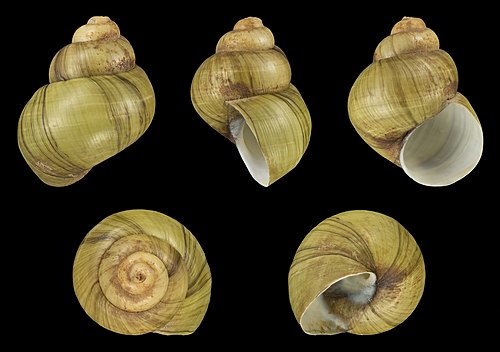User:AnOddName
| This is a Wikipedia user page. This is not an encyclopedia article or the talk page for an encyclopedia article. If you find this page on any site other than Wikipedia, you are viewing a mirror site. Be aware that the page may be outdated and that the user whom this page is about may have no personal affiliation with any site other than Wikipedia. The original page is located at https://en.wikipedia.org/wiki/User:AnOddName. |
| |||||||||||||
| |||||||||||||
| |||||||||||||
|
My specialty is wikifying and copyediting smaller articles to remove glaring errors. When I do add major facts, I tend to heavily add references to ensure their verifiability. I prefer to write articles instead of discussing rules, but feel free to chat with me within reason, especially if I mess something up.
These days, I often look over featured article candidates. These articles, if featured, serve as precedents for related articles under development and become the most visible pages on Wikipedia. I usually check for consistent date formatting—problems there often portend issues such as inconsistent cite style or incorrect grammar. I will oppose an article that continues to have those issues throughout, because prose must be clear before it can engage.
I registered a second account, AnAltName, in case I need security on public computers. Please post on this account's talk page if there are related problems; use the prefix "AnAltName: " in the heading of new topics for those.
Registered Wikipedia users can try my Monobook or Vector style sheets. (Place either one under User:Yourname/yourstylepreference.css)
You can help improve the articles listed below! This list updates frequently, so check back here for more tasks to try. (See Wikipedia:Maintenance or the Task Center for further information.)
Help counter systemic bias by creating new articles on important women.
Help improve popular pages, especially those of low quality.

